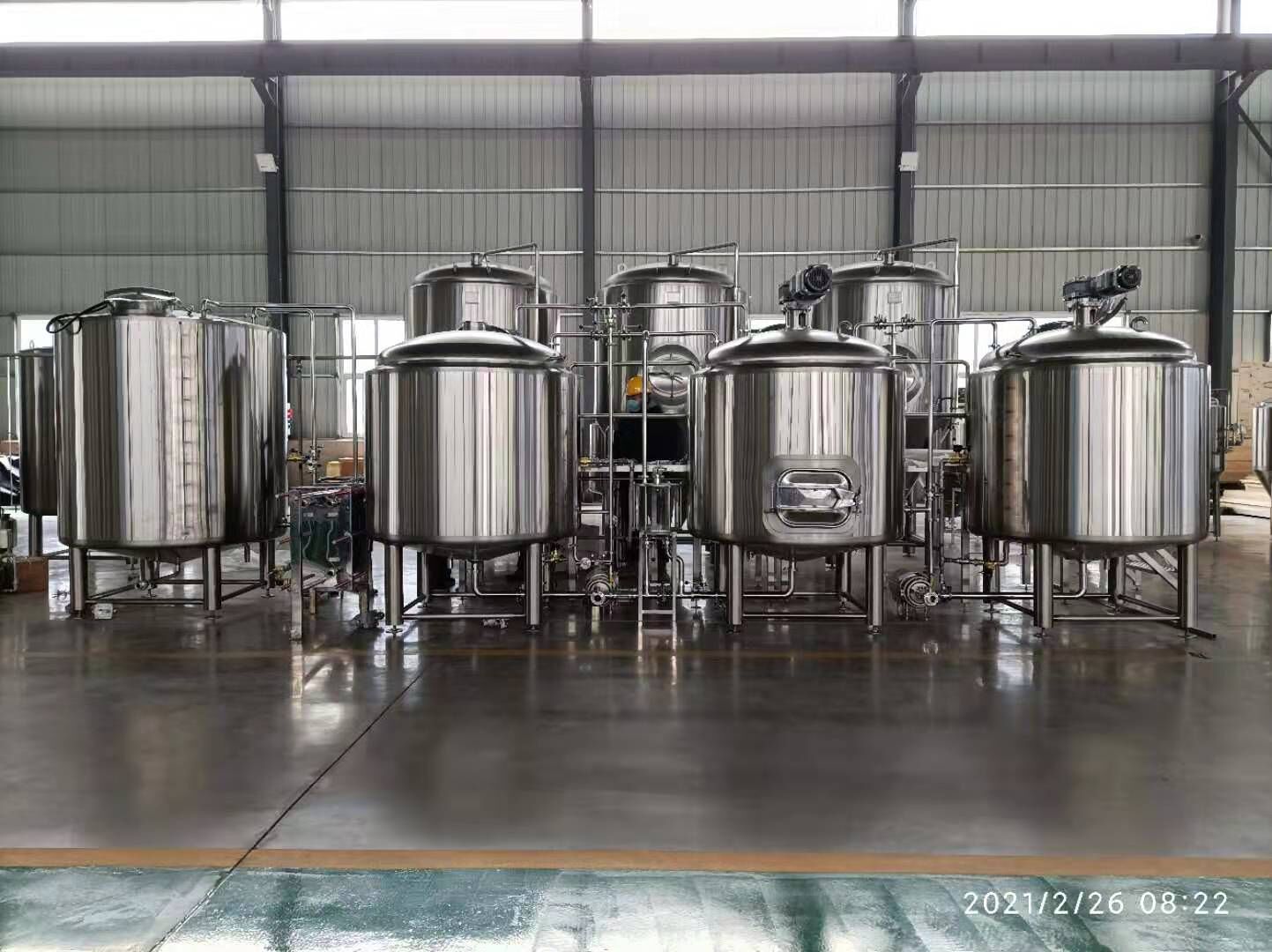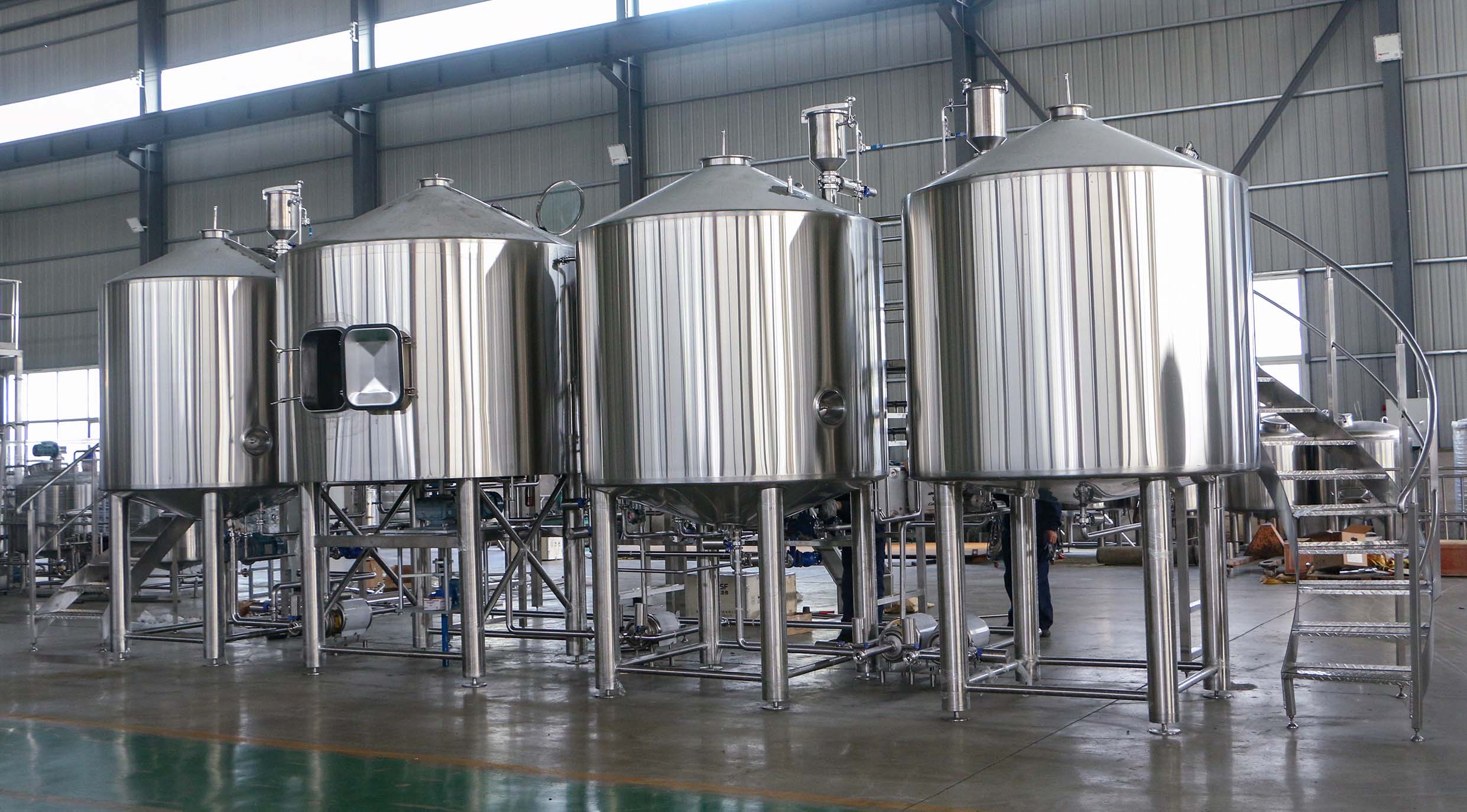RELATED
MESSAGE
What supplies do I need to brew beer?
1. News background and market overview
In recent years, the global craft beer market has maintained rapid growth, with both commercialization and home brewing demand rising. According to Wired, since 2020, consumers' interest in hand-brewed beer has surged, driving the hot sales of homebrew equipment and consumables, especially during the epidemic.
At the same time, with the increase in investment in large breweries, the market size of commercial beer brewing equipment and its supporting consumables continues to expand. Take TONSEN as an example. Its industrial-grade fittings, valves, hoses and other professional consumables have become standard equipment for many breweries.
Many domestic and foreign research institutions predict that the global beer consumables market will have an average annual compound growth rate of more than 7% in the next five years, among which the growth rate of filtration, packaging and cleaning and disinfection consumables is the most significant.

2.Overview of essential consumables for brewing beer
1.Raw materials
1. Malt: As the main fermentation sugar source of beer, high-quality beer malt directly affects the color and taste of the beer. Common varieties include Pale, Pilsner, Wheat, etc.
2. Hops: The key raw material that provides the bitterness and aroma of beer. According to the variety, it can be divided into aromatic hops, bitter hops and dual-function hops. Common varieties include Cascade, Saaz, Centennial, etc.
3. Yeast: Different yeast strains (Ale yeast, Lager yeast, Wild yeast) give beer a unique flavor. It needs to be selected according to the fermentation temperature and beer typeFood & Wine.
4. Water: It accounts for more than 90%. Water quality (hardness, pH value, etc.) directly affects yeast activity and final flavor. Most breweries will perform RO treatment or blend minerals.
2.Process consumables
1. Fermenters: including food-grade plastic buckets, glass carboys, stainless steel conical fermenters, etc., are the core components of beer fermentation equipment
2. Filter media & cartridges: from coarse filtration to microfiltration (0.5–5 μm), used to remove suspended matter and protein to ensure clarity and biological stability
3. Hoses & fittings: food-grade hoses, quick-connect connectors and seals to ensure the airtightness and hygiene of the process.
3.Packaging and post-processing consumables
1. Bottle and can consumables: glass bottles, cans, bottle caps, can lids and seal liners, providing secondary sealing and transportation protection for beer.
2. Labels and adhesive materials: high-viscosity waterproof labels and heat shrink sleeves to support brand marketing and compliance labeling.
3. Sealing and bulk consumables: including bottle stoppers, sealing rubber rings, strapping tape, etc., used for packaging and logistics fixation of small batches or bulk products.

3.Cleaning and disinfection consumables
1. Special cleaning agents: pH neutral or alkaline detergents such as Baili enzyme cleaner (PBW) are used to remove bottom sediments and impurities on the surface of equipment
2. Disinfectants (Sanitizers): Commonly used high-efficiency disinfectants include Iodophor and Star San, which can kill yeast, bacteria and mold within minutes to ensure the safety of the fermentation environment
3. Auxiliary cleaning equipment: Carboy brushes, spray balls, pipe brushes, etc., to improve cleaning efficiency and reduce labor costs.

4.Filtration and clarification consumables
1. Filter elements and filter plates: including stainless steel filter plates, disposable filter bags and porous filter elements to meet the filtration needs of different scales of beer
2. Filter systems: optional plate and frame, tube or automatic filtration equipment, used in the core link of commercial beer brewing equipment
3. Clarification aids (Fining agents): such as Irish Moss and Whirlfloc, can be added at the end of boiling to help protein precipitation and reduce the burden of later filtration.

5.Other auxiliary consumables
1. Measuring tools: Hydrometer, refractometer, fermometer, pH test paper, etc., used to monitor specific gravity, saccharification juice yield, fermentation temperature and pH
2. Cooling and temperature control consumables: Immersion chillers, glycol chiller, ice pack, used to quickly cool wort and accurately control temperature.
3. Packaging and laboratory gadgets: Graduated cylinders, transfer pipettes, bottle brushes, small graduated measuring cups, etc., to assist daily testing and bottling operations.

6.Industry cases and innovation trends
1. Disposable filter bags and modular filter elements: More and more craft beer equipment manufacturers have launched quick-release consumables to reduce the risk of cross-contamination and simplify the replacement process.
2. Environmentally friendly and degradable packaging materials: In response to sustainable development, some breweries have used PLA material bottle stoppers and degradable labels to reduce the proportion of plastic consumables.
3. Intelligent monitoring and consumables management: With the help of IoT sensors and supply chain management systems, automatic warning and replenishment of consumables can be achieved to optimize inventory turnover.
Conclusion
With the continuous upgrading of the beer industry, especially the craft beer field, the types and specifications of brewing consumables are also constantly refined and enriched. From raw materials malt and hops to fermentation, filtration, packaging and cleaning and disinfection, suitable consumables are not only the cornerstone of product quality, but also the key to improving production efficiency and reducing costs. In the future, with the advancement of environmental protection and intelligent trends, "equipment for making beer" and its supporting consumables will pay more attention to green sustainability and digital management, adding new momentum to brewing process innovation.
MESSAGE



